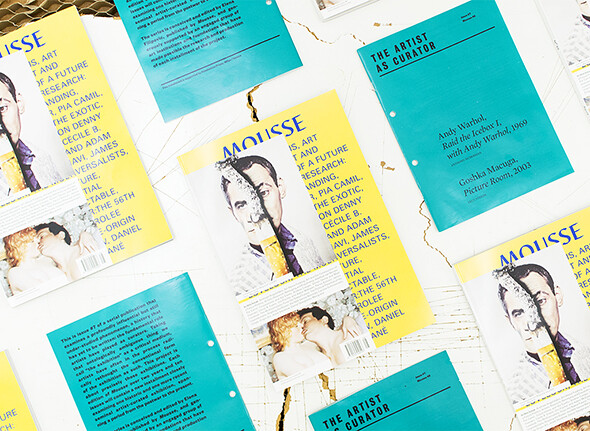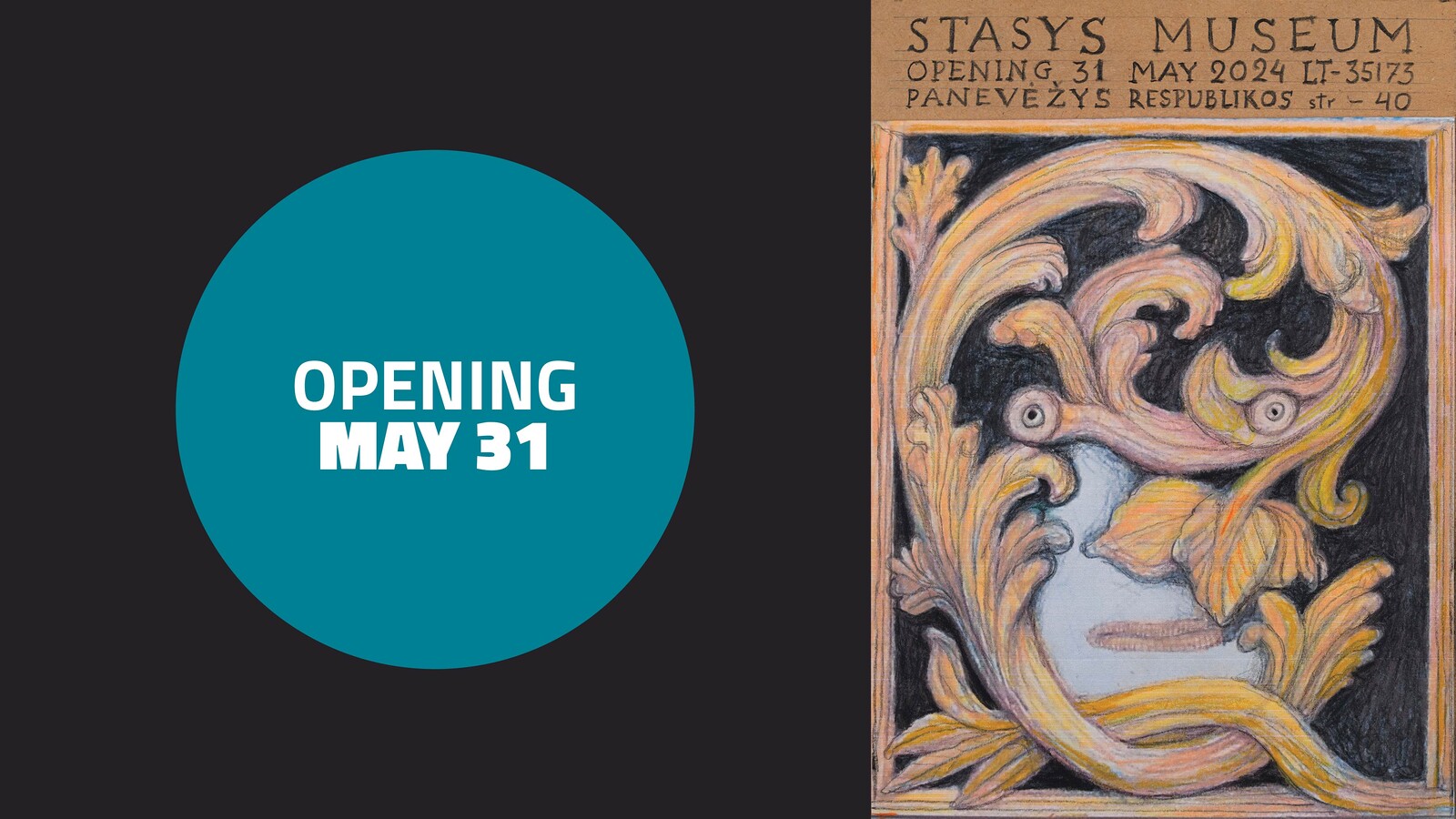Mousse #48 out now
www.moussemagazine.it
Get issue #48 or subscribe
Mousse #48 iPad edition and subscription available soon on Apple Newsstand
In this Issue: Andreas Angelidakis, Art About Fucking, Art and the Construction of a Future Politics, Artistic Research: Belonging and Expanding, Adelhyd van Bender, Pia Camil, Corporations and the Exotic, Andrea Crespo, Simon Denny and Matt Goerzen, Cécile B. Evans, Urs Fischer and Adam McEwen, Parviz Kimiavi, James Lovelock, The Multiversalists, From the Naked Future, The Political Potential of the Unpredictable, Reading the Roster: the 56th Venice Biennale, Carolee Schneemann, Single-Origin Art, Jesse Stecklow, Daniel Steegmann Mangrané
Through her variegated activities in painting, filmmaking, video art and performance, in particular, Carolee Schneemann has always worked on the theme of women’s self-determination, rejecting the idea of “his-story” narrated from a male viewpoint. Massimiliano Gioni met with the artist to talk about her latest projects in art and publishing, and to re-examine several legendary works.
Andrew Berardini takes a look at “art about fucking” and sizes up past masters and interesting newcomers. As Susan Sontag said, “consciousness is harnessed to flesh.” Therefore every work that displays sex given freely can inspire people to take back ownership of their/our bodies.
In the next century, due to global warming, nudity will not be a problem. Nick Currie accessed an article written by nudists in the year 2102 and we, art historians, cannot help but feel a certain pride when we realize that art culture is the one most in tune with our highly evolved descendants.
Ever since the intuitions of Giordano Bruno, we have been aware of the possible existence of infinite universes. Mark von Schlegell takes us even further, towards the fascinating possibility of Hugh Everett’s Multiverse, a set of coexisting and alternative universes outside our space-time.
Parviz Kimiavi’s outstanding films were pioneering examples of New Wave or alternative filmmaking in 1970s Iran, but remained quite overlooked in the aftermath of the 1979 Revolution. Morad Montazami offers insights about Kimiavi’s practice and bits of revived history about to be unearthed.
The globalized economy has made the pursuit of pristine otherness almost impossible, and the anthropologist always has the sensation of having arrived too late. In the wake of the latest novel by Tom McCarthy, Satin Island, John Menick analyzes the process of “self-othering” that transforms the all-encompassing inner structure of the corporation into an exotic “other.”
The universe of Adelhyd van Bender is based on a complex and cryptic structure, his apartment, temple of an impenetrable cult. Tina Kukielski has explored this dense cosmos to offer us the image of a man whose art formulated the only response in the face of a world on the brink of self-destruction.
Hans Ulrich Obrist met with the father of the “Gaia hypothesis,” scientist and inventor James Lovelock, to trace back through the latter’s amazing existence: from a childhood curiosity for science to the invention of the electron capture detector, the inventions for NASA’s planetary exploration program and his latest hypotheses in his recent book A Rough Ride to the Future.
Daniel Steegmann Mangrané returns to the Mata Atlântica—the Brazilian rain forest reduced by 85% by human-driven deforestation—and brings it to viewers in a spectral dimension, reducing its vivid hues to simple black and white. Andrew Durbin analyzes this work that critiques the spatial and ontological boundaries between man and nature.
Monika Szewczyk reflects on the work of the architect-artist (“archist”) Andreas Angelidakis, starting with his recent project at Het Nieuwe Instituut in Rotterdam. His installation seems to attempt to make psychic existence physically perceptible amidst the ruins of cyberspace.
Works about “critical trolling” and other topics closely linked to the potential of the web and the most flagrant political timeliness are discussed by Matt Goerzen and Simon Denny, together with the latter’s work for the New Zealand pavilion at the Venice Biennale, which will immerse the viewer in the post-Snowden world and investigative journalism.
The universe described by Andrea Crespo exists at the borderlines of History, on the crest of a future that may happily unfold its potential or may run up against fierce resistance: with identity as its playing field, it destabilizes the underpinnings of traditional subjectivity. Rebecca Bligh and Daniel Keller venture on a journey across the universe of neurodivergent and polymorphous entities.
Kathy Noble analyzes the work of Cécile B. Evans, which seems to question our relationship with screens and the nature of the emotions filtered or even generated as an automatic response of digital entities.
Nice to Meet You:
K.r.m. Mooney sat down with Jesse Stecklow to talk about his works which gather data and leave trails, and his latest production that uses crowdsourcing models.
Filipa Ramos encountered Pia Camil, whose works combine physical, architectural and performative qualities.
How does a curator analyze an important art event like a biennial through the “statements” leading up to it? Jens Hoffmann offers a response about the reading of the most important declaration of all, namely the list of participating artists, and walks us through the analysis of the most eagerly awaited of all such lists, that of the Venice Biennale.
Nato Thompson observes that the impact of the global crisis has urged many governments towards austerity policies, while a few others have sought more ingenious solutions; in the latter case, art can play an important role, constructing a horizon of political possibility and post-national democracy.
Jacob King analyzes the allure of the new trend of “single-origin” coffee roasters, drawing parallels with the recent infatuation of the art world for a type of painting that uses certain materials as the basis to display a production process, a kind of painting that relies on craftsmanship more than brushstrokes.
Adam McEwen and Urs Fischer weave a conversation that touches on the more personal and human aspects of the work; on the one hand, the past that intervenes as an element of investigation and comparison with the present, and on the other the revelation of what is in some ways a manifest truth, though it has been repressed and resurfaces to destabilize things.
An existential voyage brings a young girl and insatiable reader from rural upstate New York to the discovery of art. Vivian Sky Rehberg engages the reader in an intimate and in some ways humorous confession regarding the birth of her passion for critical activity and writing.
Jennifer Allen analyzes practices that should perhaps be called multitasking, rather than interdisciplinary, and that ineffable quality Père Bouhours called the “je ne sais quoi,” indicating what is special in a work yet cannot be defined with much precision.
The Artist as Curator
Available in the international edition and for subscription only
Issue #7 an insert in Mousse Magazine #48
Andy Warhol, Raid the Icebox I, with Andy Warhol, 1969
Goshka Macuga, Picture Room, 2003
THE ARTIST AS CURATOR is a serial publication examining the fundamental role artists have played as curators, from the postwar period to the present. The series is edited by Elena Filipovic and made possible by an engaged group of art institutions and foundations. In issue #7, Anthony Huberman writes about Raid the Icebox I, with Andy Warhol, from 1969, while an essay by Lucy Steeds addresses Goshka Macuga’s Picture Room, from 2003. This installment is realized in partnership with Fondazione Prada, Milan and Venice.
Daily blog moussemagazine.it
Subscribe to our newsletter
Follow us on Facebook / Twitter / Pinterest / Instagram
Books by Mousse Publishing
Film & video on vdrome.org



